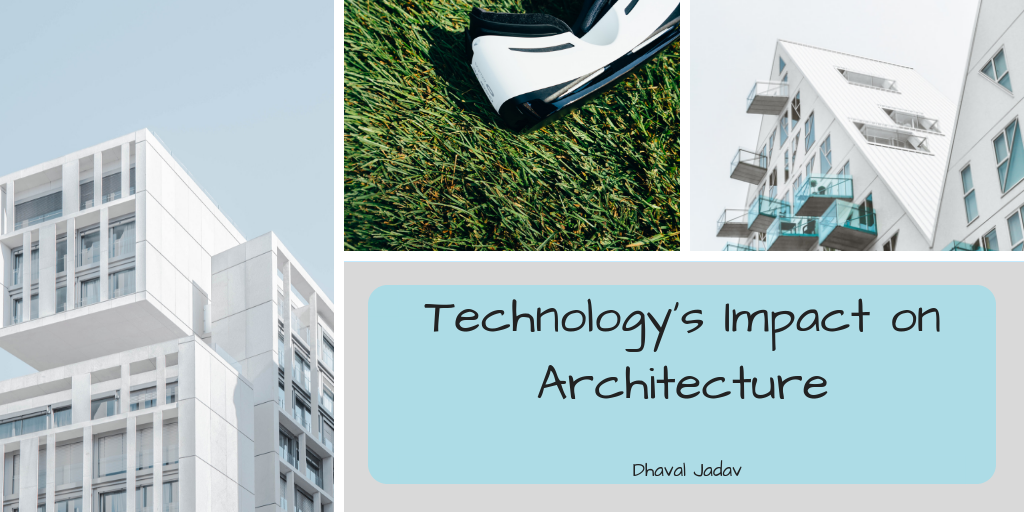The architectural field has many different areas that require experts and their insights to contribute to the development and creation of structures that are made to last. From hand-drawn blueprints and illustrations to digitally generated images that can show a final product in precise detail, technology has helped the industry evolve drastically over time. Today, the architectural industry provides experts with the ability to be extremely creative in their designs by using specific algorithms, software, and other innovative technologies; reaching new limits. What are a few of the ways that technology has impacted architecture?
VR & AR
One of the many areas of architecture that’s affected by technologies such as Virtual Reality (VR) is anything involving design. Additionally, similar technologies like Augmented (AR) and Mixed Reality are also contributing to increased productivity and design creativity. VR provides architects with an interactive way to collaborate on different designs and ideas. It takes the aspect of design to the next level by giving the architect the opportunity to pay closer attention to all the intricate details.
Additionally, VR lets the client interact with their design. The technology virtually transports the client/user into an interactive 3D environment that allows them to explore the surroundings of the design as a whole. Augmented Reality (AR), is more in the developing stages but has a promising future in the world of architecture. While VR creates a complete virtual world using headsets for someone to immerse themselves, AR brings virtual objects into physical spaces, and is normally done on a mobile device or tablet.
3D Printing and Robotics
3D printing and robotics are being introduced to multiple industries. From healthcare to manufacturing, robotic systems are changing the way regular processes are completed; the same goes for architecture. Along with design, another industry area that is impacted by robotic technologies is the construction industry. 3D printing and different robots are used to assist architects directly in the construction process. Additionally, 3D printers used in the industry can fabricate materials and construction products on an industrial scale, if need be. Robotics companies have developed industrial robots that are meant to assist architects and construction on job sites.
Generative Design
Design is a major area of architecture that has been affected by new developments in technology. Generative design utilizes Artificial Intelligence (AI) technology to create computer-generated design options that are accurate representations of what the architect is envisioning. Different algorithms are used to meet their design goals and reflect the various parameters and constraints. A computer that’s using machine learning can understand and process complex algorithms, resulting in optimal design options.


Recent Comments